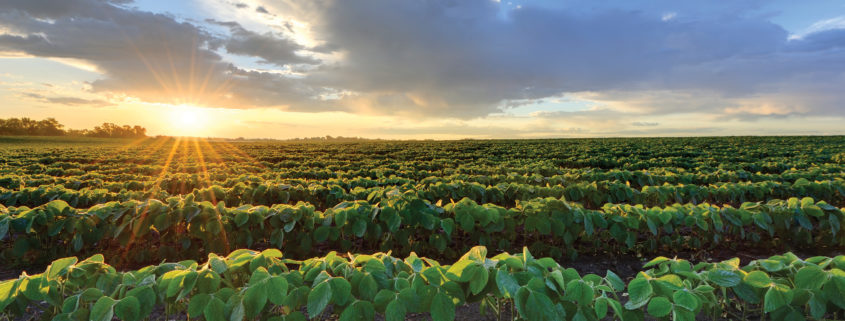Study shows food-grade soybean acreage on the rise
In 2020, U.S. producers grew 2.6 million acres of non-GMO food-grade soybeans. That represented an increase of 7% from 2019, according to a USSEC study.
The Non-GMO Food-Grade Soybeans Quantification Study was based on information collected from 101 non-GMO producers – as well as purchasers, exporters, state associations and other sources – in August and September. According to USSEC, the purpose was to update the organization about the number of acres currently produced in the United States, end use and destination and trends that impact identity-preserved (IP) production.
According to the study, U.S. soybeans were farmed on 83.8 million acres in 2020. Five million of those acres were devoted to non-GMO soybeans, and 52% of those acres were food grade, a slight drop from 2019. It was as high as 66% in 2015.
However, more growers – 19% of respondents — reported that they plan to increase, rather than decrease, their non-GMO food-grade acreage going forward. Fifty percent planned to grow the same amount, and another 19% were undecided.
Non-GMO soybean yields have increased by 2.8% annually since 2015 with a 56.9 bushels-per-acre-average expected in 2020.
Premiums are also expected to be on the rise in 2021, according to the study.
Eighty-seven percent of non-GMO food-grade soybeans are exported to other countries, with 47% used for tofu, 18% for soymilk, 14% for natto and 9% for miso.
Please see more information from USSEC, which can be found here.







Leave a Reply
Want to join the discussion?Feel free to contribute!